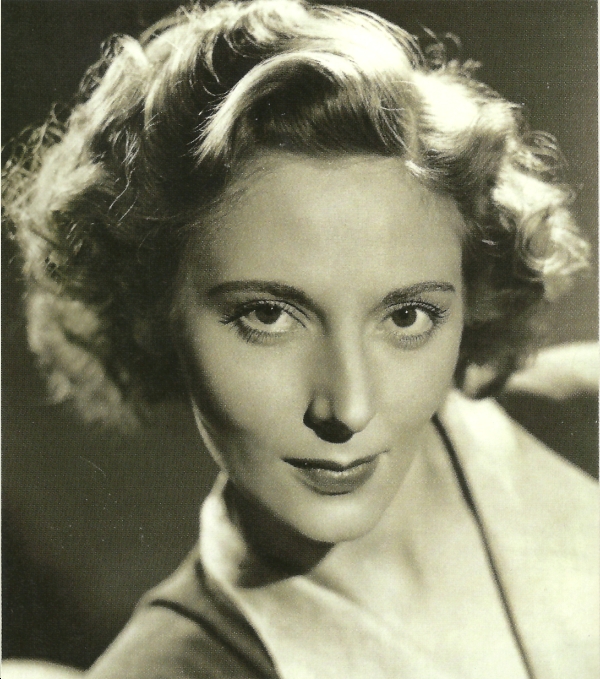Kathleen Byron (1921 - 2009)
Sight & Sound, March 2010
Actor
b. 11 January 1921; d. 18 January 2009
As saintly Sister Clodagh (Deborah Kerr) goes to ring the matins bell high on a cliff edge in the Himalayas, a red-robed figure creeps malignantly forwards, her dark-rimmed eyes black with hate...
Though Kathleen Byron's career spanned seven decades and more than 100 roles on film and television, she was always remembered for murderous, sex-crazed Sister Ruth in Powell and Pressburger's 'Black Narcissus' (1947).
It was the third of her four films for Powell and Pressburger, following smaller parts in 'A Matter of Life and Death' (1946) and the P&P-produced 'The Silver Fleet' (1943). The last of the four, 'The Small Back Room' (1949), offered her a less showy but more complex role as the long-suffering girlfriend of crippled bomb-disposal expert Sammy Rice (David Farrar, object of her unrequited lust in 'Black Narcissus'). Michael Powell, who discovered Byron and became her lover, wrote of her "dreamy voice and great eyes like a lynx... She had the look of a zealot, a martyr. I think that her great strength was in the power of her imagination." He also credited her with "an intelligence as cool as my own".
The intelligence was unmistakable, as was the intensity of her gaze. To be demure - the requisite default mode for British actresses of the period - was beyond her scope, or perhaps beneath her contempt. Casting directors it seems, found her frank sensuality unnerving, and after 'The Small Back Room' she never again landed a lead in a major film. Instead she was offered bad-woman roles in tawdry melodramas like 'Madness of the Heart' (1949) - in which Margaret Lockwood, recognising superior talent when she saw it, did her best to deprive Byron of close-ups.
In Hollywood she played Ann Seymour in George Sidney's stodgy historical farrago 'Young Bess' (1953), but attempts to find better roles in the US hit the typecasting barriers. "We in Hollywood see you as strictly neurotic, Miss Byron," she recalled being told by John Huston. Back in the UK she was relegated to B movies, and from the mid-1950s largely abandoned cinema for television. later in her career a few small roles in major films came her way: 'The Elephant Man' (1980); 'Saving Private Ryan' (1998). But even then, the crazed nun still haunted her - a 1997 television documentary on her career was entitled 'Remembering Sister Ruth'.
In his autobiography 'Million Dollar Movie' Michael Powell, betraying a trace of guilt that he hadn't used Byron more, wrote of her: "There was a blazing honesty about her... which made other people uncomfortable. She was too straight to be an actress, but she was a good one."
Philip Kemp
Back to index


